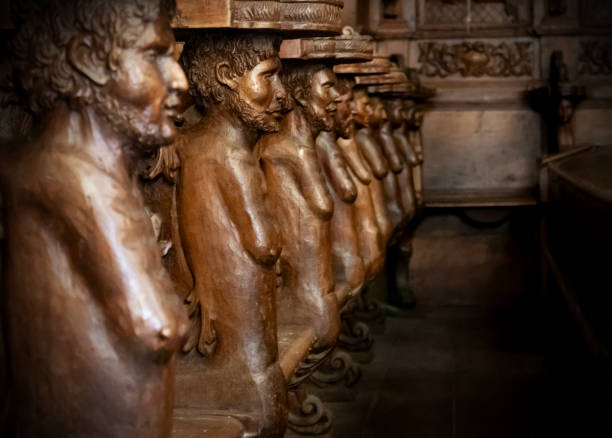Adopting Antiquity: Antique Pieces for Home Decor with a Rustic Farmhouse Flair
Vintage furniture in rustic farmhouse interiors is a popular interior design trend. This design masterfully integrates rustic décor with antiques’ unique individuality, pulling inspiration from nostalgia and a love of the past. Let’s discover how ancient furniture may make your living space a peaceful hideaway with timeless elegance.

The Charm of Timeless Style
Vintage furniture seems timeless. Every object, from old dressers to wooden tables, has a story. These antiques give rustic farmhouse interiors a sense of history and homeiness. Vintage furniture is an experience, not just decor. A faded leather armchair by the fireplace or a farmhouse table where stories are shared are examples of vintage furniture.
Travel Through Time-Worn Artifacts
You can find vintage pieces for your farmhouse-style retreat at flea markets, antique shops, or online. Find something with a past that fits your concept and with minor imperfections or worn edges. You may make your home reflect your taste using retro styles.
Fashion Symphony
The harmony that results from combining old and new items is a draw of rustic farmhouse design. Mixing and matching pieces from different decades gives your area character. Imagine a broken farmhouse dining table with old industrial pendant lighting in an eclectic, inviting design.
Summing Up
Rustic farmhouse aesthetics and vintage furnishings create a captivating home design story. As you decorate your home, remember that every antique adds history. A vintage leather sofa, reused barn door, or aged cabinet create a gorgeous and historical environment.
